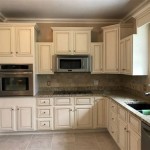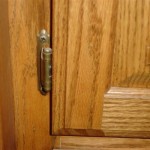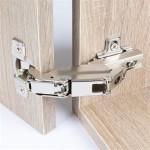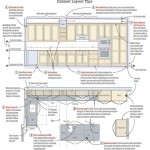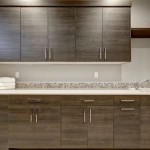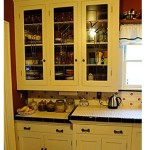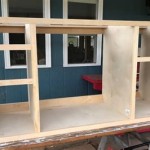Mould in New Kitchen Cupboards: Causes, Prevention, and Treatment
Discovering mould in new kitchen cupboards can be a disheartening experience, especially considering the significant investment that goes into kitchen renovations. Mould growth can pose health risks, damage your cabinets, and compromise the overall appearance of your kitchen. Therefore, it is crucial to understand the causes of mould formation and take immediate action to prevent and treat it.
Causes of Mould in New Kitchen Cupboards
- Poor Ventilation: Inadequate air circulation within enclosed spaces, such as kitchen cupboards, creates a moist environment ideal for mould growth.
- Moisture Accumulation: Cabinets near sinks, dishwashers, or areas with high humidity can accumulate moisture, providing a fertile ground for mould spores.
- Improper Drying: Leaving wet dishes or cookware inside cabinets without proper drying can introduce moisture and promote mould growth.
- Construction Materials: Certain materials used in kitchen cabinets, such as unfinished wood or particleboard, can absorb moisture and provide a conducive environment for mould.
Preventing Mould in New Kitchen Cupboards
- Ensure Proper Ventilation: Install vents or open windows to allow air to circulate within cupboards.
- Control Moisture: Use moisture-absorbent materials such as silica gel packets or baking soda to remove excess humidity.
- Dry Wet Items Thoroughly: Always dry dishes and cookware completely before storing them in cabinets.
- Choose Moisture-Resistant Materials: Opt for materials such as sealed wood, laminate, or melamine for kitchen cabinets, as they resist moisture absorption.
Treating Mould in New Kitchen Cupboards
- Identify the Source: Determine the root cause of moisture accumulation to prevent future mould growth.
- Remove Mould Growth: Use a mixture of water and white vinegar or a household mould remover to gently scrub away mould. Avoid using bleach, as it can damage cabinet surfaces.
- Dry Thoroughly: After cleaning, open cupboard doors and use fans to ensure the area is completely dry.
- Repair or Replace Affected Cabinets: If mould has caused significant damage to the cabinets, consider repairing or replacing them to prevent further deterioration.
Health Implications of Mould
Mould can release harmful spores into the air, which can cause respiratory problems such as allergies, asthma, and coughing. Individuals with weakened immune systems or pre-existing respiratory conditions are particularly vulnerable to mould-related health issues.
Conclusion
Mould growth in new kitchen cupboards can be prevented and treated by addressing the underlying causes, controlling moisture, and taking prompt action. By following these guidelines, homeowners can protect their kitchens from mould infestation and maintain a healthy and visually appealing living space.

Causes Of Mold In The Kitchen And How To Avoid It Home Matters Ahs

Damp And Mould In Kitchen Cupboards

How To Remove Mold In Kitchen 100 Doable The Insider

How To Find The Source Of Mildew Mold Hometalk

How To Stop Mould In Cupboards

How To Remove Mold In Kitchen 100 Doable Cabinet Molding Under Sink Remover

My Mouldy Kitchen Is Making Kids Sick But Nothing Being Done About It Manchester Evening News

Top Potential Sources Of Kitchen Mold The Guy

Mold Remediation Why Is Growing On My Kitchen Cabinets Flood Metrix

Dehumidifier For Κitchen What You Should Know Before Morris Direct
Related Posts

